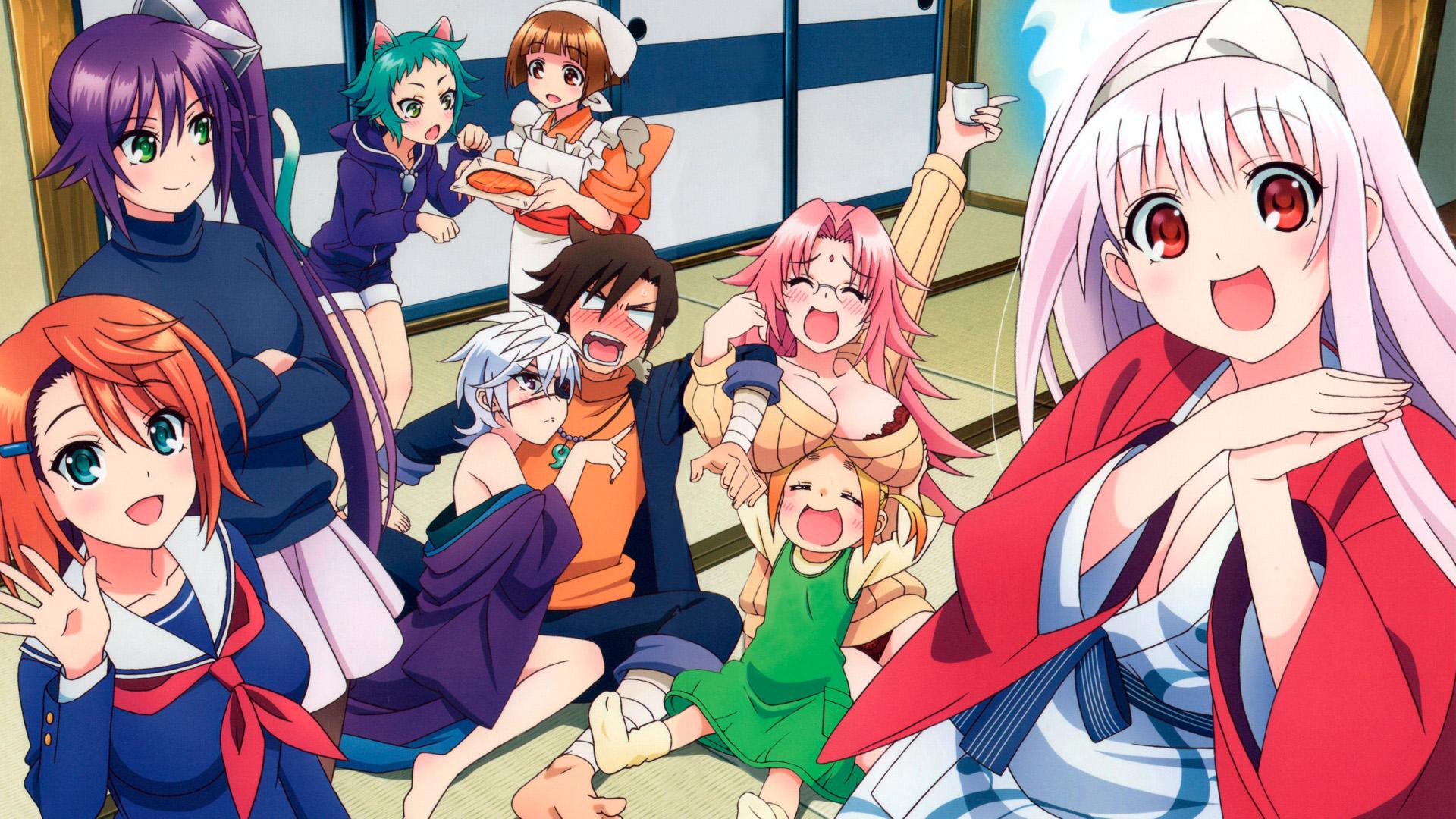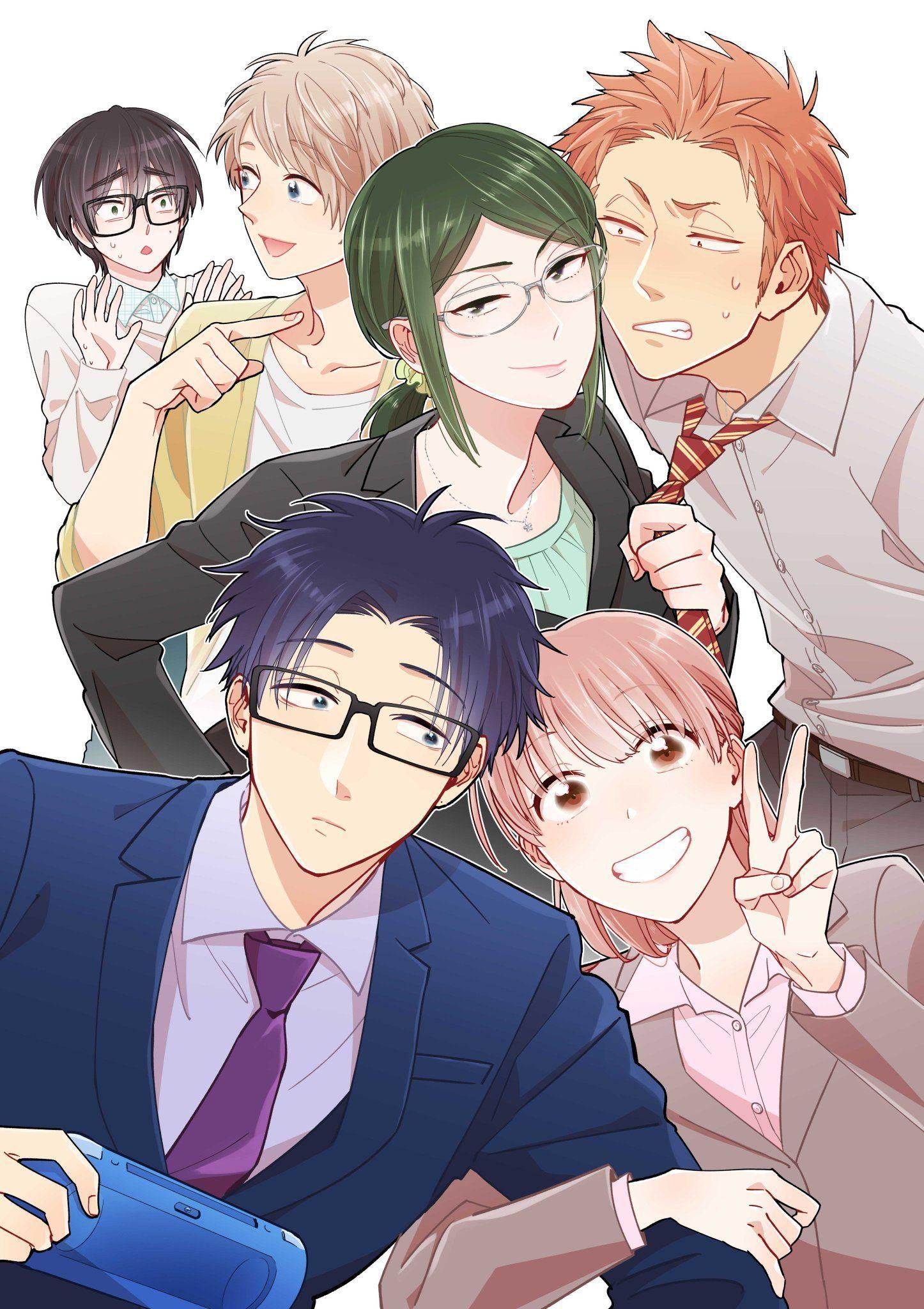Navigating the Complexities of "How NOT to Summon a Demon Lord" and Nudity
"How NOT to Summon a Demon Lord", also known as "Isekai Maou to Shoukan Shoujo no Dorei Majutsu", has captivated audiences with its blend of fantasy, action, and isekai elements. However, the series also features a significant amount of nudity and suggestive content, which has sparked both interest and controversy. This article delves into how the series handles these elements and provides context for viewers navigating its content.
The series centers around Takuma Sakamoto, a skilled MMORPG player who finds himself transported to the world of his game as his character, the powerful Demon Lord Diablo. Upon arrival, he discovers that two young women, Shera L. Greenwood, an elf, and Rem Galleu, a pantherian, have summoned him through a ritual intended to enslave a demon. However, due to Diablo's unique abilities, the spell backfires, and they become his servants instead.
The Prevalence of Nudity
Right from the outset, "How NOT to Summon a Demon Lord" establishes itself as a series willing to push boundaries when it comes to fan service. Nudity is common, often depicted in comedic or non-sexualized ways. Scenes featuring partial or full nudity frequently occur during comedic mishaps, such as Diablo accidentally stumbling into bathhouses or characters finding themselves in compromising positions.
It's essential to understand that the depiction of nudity varies across different versions of the series. For instance, the broadcast version typically features censorship, such as strategically placed light beams or steam, to adhere to television broadcast standards. However, uncensored versions are often available on streaming platforms like Crunchyroll or through Blu-ray releases, offering a different viewing experience.
Contextualizing the Fan Service
While the nudity and fan service are undeniable aspects of "How NOT to Summon a Demon Lord", they're not the sole focus. The series balances these elements with a compelling storyline, engaging characters, and exciting action sequences. The comedic interactions between Diablo, Shera, and Rem are central to the show's appeal, and the fan service often serves to amplify these comedic moments. However, viewer discretion is advised, as the level of fan service may not appeal to all audiences.
It is also very important to note that the series does attempt to show a character’s growth. We get to see Diablo, who is initially awkward and socially inept, to slowly building meaningful relationships with the people around him, despite his initial misgivings and the ever present nudity of the series.
Character Dynamics and Relationships
The relationships between Diablo, Shera, and Rem are complex and evolve throughout the series. While there's a clear harem dynamic at play, the show also explores deeper connections between the characters. Shera's cheerful and outgoing personality contrasts with Rem's more reserved and cautious nature, creating a dynamic that drives much of the series' humor and emotional development.
Despite the presence of fan service, the characters are not merely reduced to objects of desire. Each character has their own backstory, motivations, and personal struggles. Shera, for example, grapples with her royal heritage and the responsibilities that come with it. Rem is haunted by a dark secret and fears the power that resides within her. Diablo, despite his Demon Lord persona, struggles with his own insecurities and lack of social skills, leading to many humorous and relatable situations. The way the series blends these traits into the storyline is one of the reasons for its success.
The Isekai Genre and Its Conventions
"How NOT to Summon a Demon Lord" is part of the isekai genre, which involves characters being transported to another world. This genre often includes power fantasies, where the protagonist becomes exceptionally strong or skilled in their new environment. "How NOT to Summon a Demon Lord" embraces this trope with Diablo's immense magical abilities, which he uses to protect his companions and overcome challenges.
The isekai genre frequently incorporates fan service elements as well, catering to a specific audience that enjoys these types of themes. While "How NOT to Summon a Demon Lord" is not unique in its use of fan service, its execution and integration with the overall storyline can be divisive. Some viewers appreciate the comedic and lighthearted approach, while others find it distracting or unnecessary.
Navigating the Content: Is it Right for You?
Deciding whether or not to watch "How NOT to Summon a Demon Lord" depends on individual preferences and tolerance for fan service. If you enjoy fantasy anime with a strong emphasis on action, comedy, and isekai elements, you may find the series entertaining. However, if you are easily offended by nudity or uncomfortable with suggestive content, it's best to proceed with caution or consider alternative options.
Before diving into the series, it can be helpful to research viewer reviews and ratings to get a sense of the overall reception. Additionally, checking out trailers or clips can give you a better idea of the tone and content featured in the show. Understanding the level of fan service involved is crucial to determining whether it aligns with your viewing preferences.
Beyond the Anime: Exploring Other Media
"How NOT to Summon a Demon Lord" originated as a light novel series written by Yukiya Murasaki and illustrated by Takahiro Tsurusaki. The light novels provide a more detailed and in-depth exploration of the story and characters compared to the anime adaptation. If you enjoy the anime but crave a richer narrative experience, the light novels may be a worthwhile investment.
In addition to the light novels, the series has also been adapted into a manga, offering a visual representation of the story in a different format. The manga can be a great way to engage with the world of "How NOT to Summon a Demon Lord" and experience the characters and events in a new light.
Conclusion: A Series with Nuance
"How NOT to Summon a Demon Lord" is a series that defies easy categorization. While its fan service elements are prominent and often discussed, the show also offers a compelling storyline, engaging characters, and exciting action sequences. Navigating the series requires an understanding of its content and a willingness to accept its unique blend of genres and themes. Ultimately, whether or not you enjoy "How NOT to Summon a Demon Lord" comes down to your personal preferences and tolerance for fan service. Understanding the series’ strengths and weaknesses will allow for the viewer to better decide to invest the time in enjoying it.












